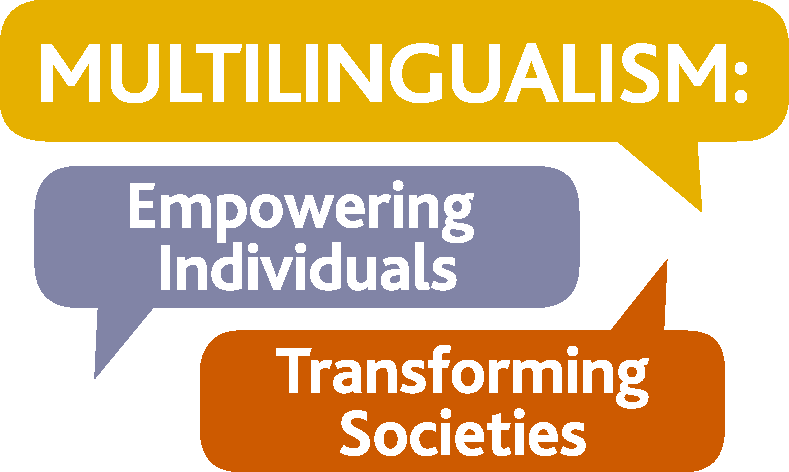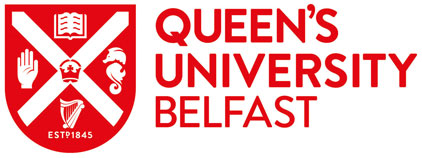The UK is undergoing a period of uncertainty due to the historical vote to leave the European Union in March 2019, which has created both opportunities and challenges. While the government is keen to control borders, it is also actively looking for new ways to support migrants within borders. An array of reports commissioned by the government have made recommendations on how to best support migrants’ integration into the UK, but critics have argued that there is a lack of innovative strategies to achieve this purpose.
In education, the school support system for migrant children has been under unprecedented pressure as a result of changing policy and funding priorities. This situation is likely to be exacerbated and the lack of resources begs for a radical rethinking of the way we support migrant children. One possibility is to move beyond the school and tap into the community with a view to creating a stronger and more sustainable link between the two. With this in mind, we need to reconceptualise, retheorise and reorganise complementary schooling in order to mobilise the heritage resources in the community to support bilingual migrants across the lifespan.
Complementary schools, which are sometimes called community language schools or supplementary schools, accommodate a diverse student population ranging from newly arrived refugee children to 2nd or 3rd generation of migrant children with varying levels of connection/affiliation/linguistic exposure/competence. Despite the multiple roles that complementary schools could play in supporting bilingual children, their importance is often unrecognised. Most complementary schools operate on a self-help model with no government support and there is no national strategy to support complementary schooling. In contrast to the neglect of complementary schools, however, the need for community languages in the UK has never been greater as a result of Brexit, not only in trade and business but also in defence and diplomacy. It is indeed a paradox: community languages are clearly in the national interest, yet they are significantly under-valued.
Community language resources are often situated in diaspora communities, but they are diverse, diffuse and disperse. Complementary schooling provides an effective and efficient approach to organising these resources. A community-based strategy is thus needed which aims to support education, integration and (re)culturalisation of bilingual children across the lifespan.
Wenger, E. (1998). Communities of practice: Learning, meaning, and identity. Cambridge: Cambridge University Press.
(This blog also draws on input from Linda Fisher and Karen Forbes)
Note: comments are moderated before publication. The views expressed in the comments are those of our users and do not necessarily reflect the views of the MEITS Project or its associated partners.






